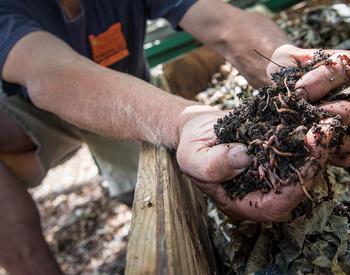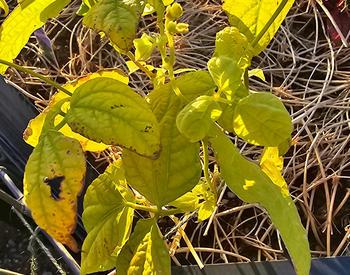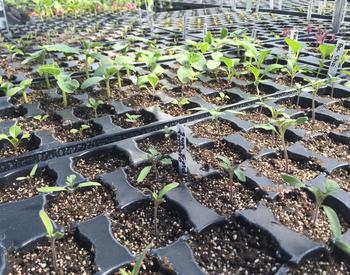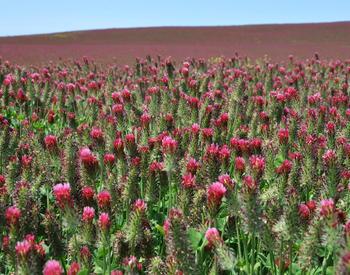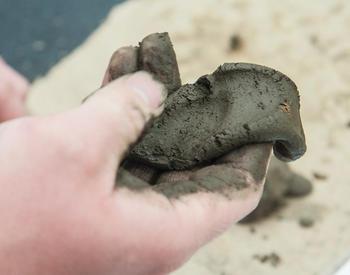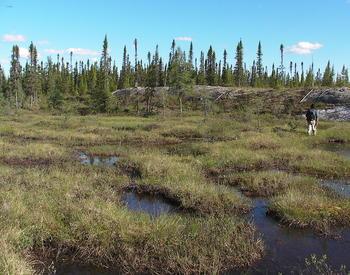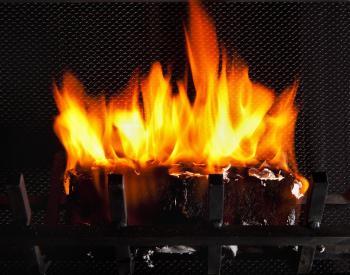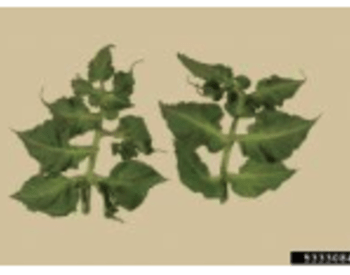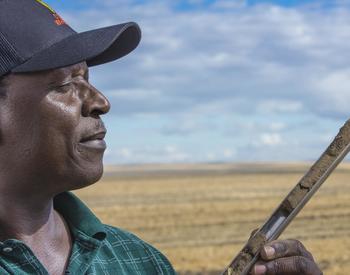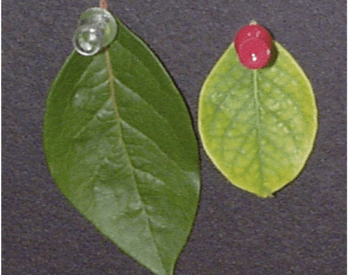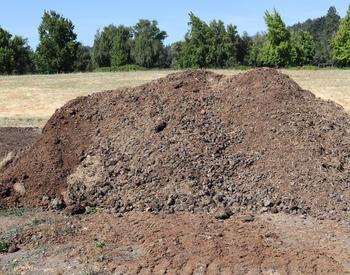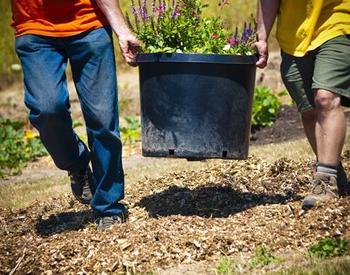CORVALLIS, Ore. – If your compost pile at home isn't getting hot, don't worry.
That heap of yard debris and kitchen waste may be far from steamy, but it will break down eventually. That eases the burden on your local landfill or recycling center and provides a nutrient-rich product with ample benefits for your garden.
Cool, slow composting is an easy method for people who don’t have the time or desire to tend to a hot compost pile.
Hot composting requires a fairly precise recipe of ingredients and a considerable amount of attention and management to temperature, moisture level, aeration, particle size and more. Slow composting, on the other hand, is pretty much carefree. Simply mix your yard trimmings into a pile, add fruit and vegetable scraps if you wish, and wait.
Decomposition, which is the essence of composting, hot or cold, requires microorganisms, moisture, air, temperatures above freezing — or even a few degrees below — and time. Whereas hot composting may result in finished compost in a matter of weeks, slow cold composting can take three to six months, and sometimes even longer, but with a lot less effort on your part.
For example, if you’re cold composting, keeping the pile moist — a must for hot composing — needn’t be a worry because over time — at least for those of you west of the Cascades —you’ll receive more than enough rain. Prolonged periods of dryness might slow the composting process down, but it will pick up again once with the first soaking downpour.
Nor do you need to concern yourself with the carbon-to-nitrogen (C:N) ratio — the mixture of “brown” and “green” materials that make up the pile. The C:N ratio only affects the speed of composting. If your pile is woody (i.e., has a high C:N) it will decompose, but slowly.
You also don't need to add a commercial inoculant or finished compost to kick-start the process. Sufficient decomposer bacteria and fungi are present naturally in yard trimmings and fruit and vegetable wastes to initiate cold composting and keep it going to its conclusion.
No turning required
And then there’s the matter of turning the pile, another basic requirement for hot composting. With slow, cold composting, you just gather the materials together in a mound and let Mother Nature do the rest.
There are a few drawbacks to slow composting compared to hot composting. But for the most part, those problems can either be avoided or resolved through fairly easy solutions. For one, slow composting doesn't produce the heat needed to kill most weed seeds, so it is best to keep troublesome weeds out of the pile.
Likewise, soil-borne plant disease organisms that cause root rot are also not killed in slow composting. To limit the spread of soil-borne disease, it’s a good idea to apply the finished product from slow composting to a small part of the garden, rather than spreading it over the entire garden area.
This limited-space application might help you determine if any such pathogens have indeed survived the composting process while helping to contain them if they have.
Critters — raccoons, possums, skunks, rodents — won’t venture into the 140-degree temperatures of a hot compost pile, but they might find a cold heap inviting if you’re including vegetable and fruit scraps in the mix. Therefore, you might want to rethink adding those fruits and vegetables to the pile. You can instead compost them separately in a critter-proof container, bury them in a well-drained part of the garden, or use them as a food source for a worm-composting bin you can build or purchase.
If none of those options are feasible and you still want to keep those fruit and vegetable scraps out of your municipal waste system, make sure you bury them deeply in the center of a big compost pile. That should keep the critters away.
Avoid the odor
If you’re building a cold compost heap primarily of grass clippings, be aware that layering clumps of wet grass can limit air circulation, giving rise to production of anaerobic bacteria and perhaps a foul order of ammonia.
Composting is still happening, but if you want to dispel the odor — for your sake or your neighbors — you will need to lift and redistribute some of the material to get more oxygen into the pile.
Better yet, avoid this problem by not putting those grass clippings in the pile at all. Leave them in place on the lawn where you’ve cut them and they’ll decompose (i.e., compost) right there, providing valuable nitrogen and other nutrients to the new growth that will follow.
